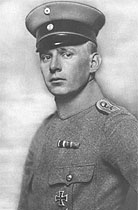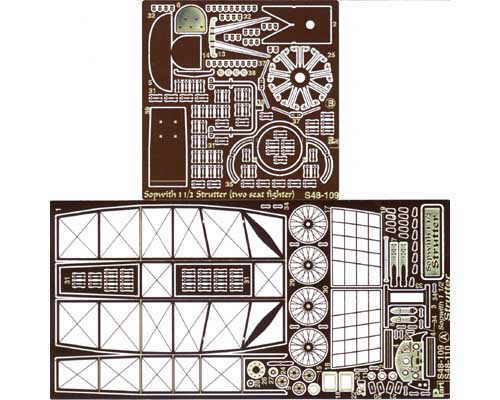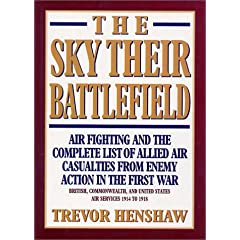
On 6 April 1917, the United States entered the war. It was also the day that Ltn. von Bertrab of Jasta 30, flying his dark purple Albatros D.III with its unique comet insignia, shot down four British aircraft in three hours. His fifth and final victory was achieved a month later. The war ended for Bertrab on 12 August 1917. While attacking a balloon, his Albatros D.V was shot down by a Nieuport piloted by Edward Mannock. Bertrab survived but was captured.
6 April 1917 Ltn. von Bertrab-3 Sopwith 1-1/2 10.30 Obigies
#A.1093, 45 Sqn. RFC, 2/Lt. J.A. Marshall, KIA & 2/Lt. F.G. Truscott,KIA.
6 April 1917 Ltn. von Bertrab-4 Sopwith 1-1/2 10.30 Pecq
#A.2381,45 Sqn. RFC,2/Lt. C. St. G. Campbell, KIA & Capt. D.W. Edwards,KIA.
Lieutenant John Arthur MARSHALL
The Huntingdonshire Cyclist Battalion.
John Arthur Marshall to be Second Lieutenant. Dated 31st December, 1914.
Lieutenant Francis George TRUSCOTT MC
Awarded MC as per London Gazette number 29438, dated 14 January 1916 - Second Lieutenant Francis George Truscott, Suffolk Regiment (Territorial Force); no citation.
Second Lieutenant Colin St George CAMPBELL
nothing to hand
Captain Donald William EDWARDS MC
Gazetted temporary Second Lieutenant in the Infantry wef 13 February 1915 (had previously been, incorrectly, announced as 4 November 1914)
Awarded MC as per London Gazette number 29608, dated 3 June 1916; no citation.
Two of three crews lost in the vicinity of Lille; 2nd Lt James Edward Blake (Kia) and Capt William Stead Brayshay (Kia), were probably lost to Hans Bethge, also of Jasta 30.




























